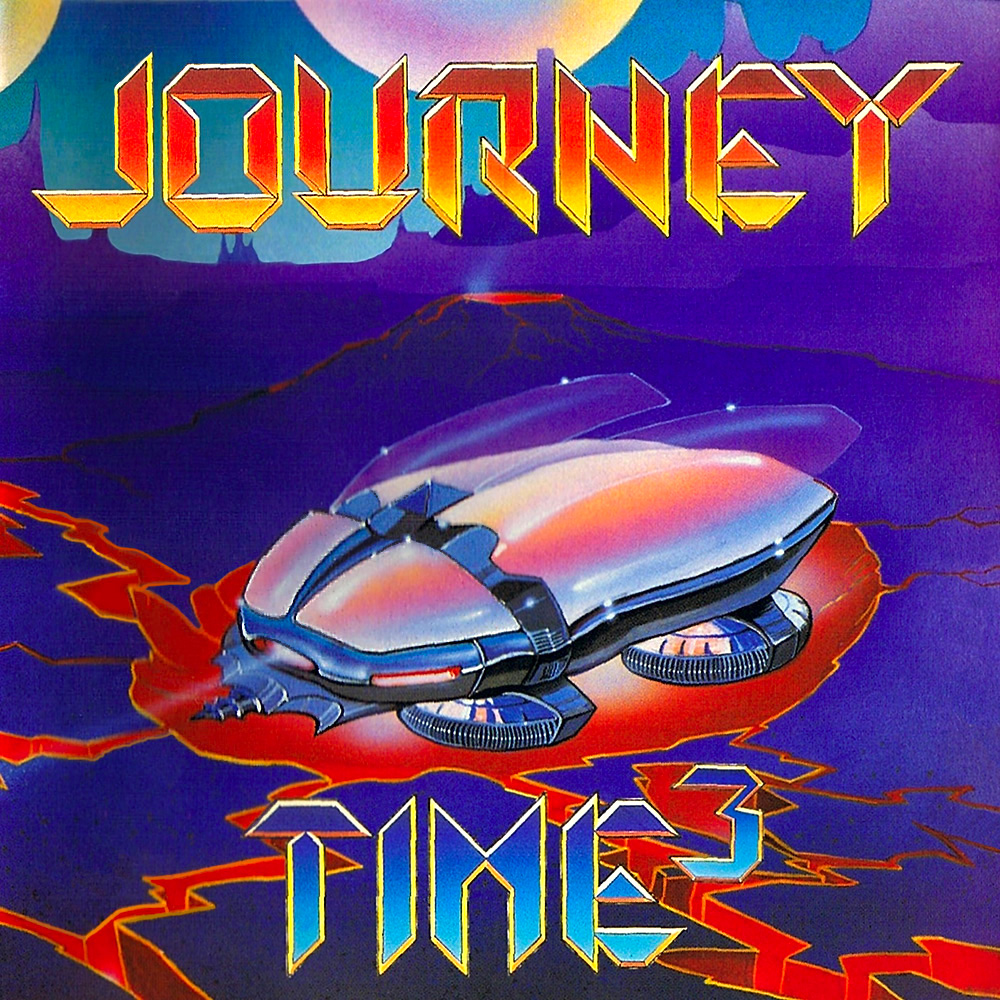

To sustain the expansion, a transition had to be engineered, it was insisted, from uranium-fueled “thermal” reactors (mainly light-water) to plutonium-fuelled “fast-breeder” reactors, which would “breed” more fuel than they consumed, allowing societies to free themselves from constraints on uranium supply and from price inflation as demand increased. At issue was the great expansion of nuclear electricity supply proposed by research and development labs, industries, and governments in many countries. This changed in the 1960s and 1970s when the imagined future of nuclear power, with plutonium at its heart, acquired an extraordinary potency, becoming a source of serious division and conflict within societies and between states.

Its future civilian role was only glimpsed early on. The book opens with the discovery of plutonium in the early 1940s and the precipitous development of its related technologies-weapons and production systems-during the World War and ensuing Cold War. Toward heaven or hell? The conflict over plutonium’s future It is an impressive study of technological struggle and ultimate failure, and of plutonium’s journey from regard as a vital energy asset to an eternally troublesome waste. Plutonium’s history, of each kind, and its legacies are the subject of a recent book by Frank von Hippel, Masafumi Takubo and Jungmin Kang.

It tells of how, at particular moments, nuclear power and much connected with it have been imagined playing out in years, decades, and even centuries ahead. The second is the history of the imagined future. It tells, amongst other things, of the technology’s evolution and role in electricity production, its military connections, installed types, capacities and performance of reactors, their fuelling and spent fuel discharges, their accidents, the supplying, operating and regulating institutions, and the involvement of states. The first is the history of the active present. Two histories of nuclear power can be recounted.


 0 kommentar(er)
0 kommentar(er)
